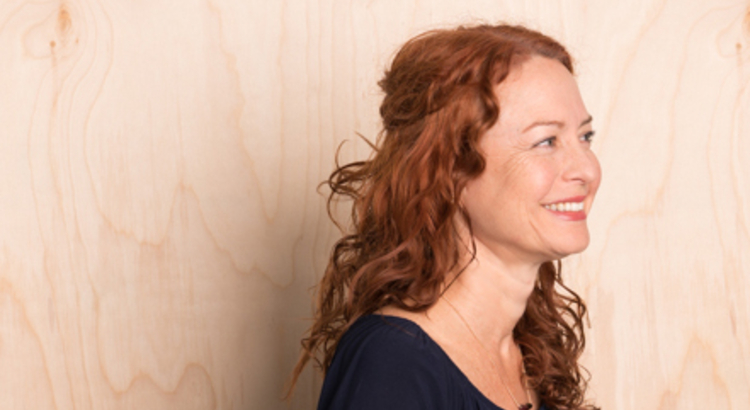 An interior designer and principal at Shepley Bulfinch, Sonja Bochart also is a leading biophilic design advocate. Among other roles, she leads Living Building Challenge biophilic workshops (including one for the Kendeda Building on Innovative Sustainable Design project team). This Q&A is one in a series on the potential impact of COVID-19 on green buildings. It was edited for length and clarity, and I’ve added links I thought might be helpful. To read other in the series, click here.
An interior designer and principal at Shepley Bulfinch, Sonja Bochart also is a leading biophilic design advocate. Among other roles, she leads Living Building Challenge biophilic workshops (including one for the Kendeda Building on Innovative Sustainable Design project team). This Q&A is one in a series on the potential impact of COVID-19 on green buildings. It was edited for length and clarity, and I’ve added links I thought might be helpful. To read other in the series, click here.
Do you have a sense for how this pandemic might affect the biophilic design movement?
If there’s one thing I’ve really taken notice of, personally and professionally, it’s how profoundly people have been reconnecting with nature. There already had been a newly emerging connection. I’ve been seeing this for some time now. More and more, people are learning to value their own experience, their relationship with nature. That’s one of the reasons biophilic design has struck such a chord. We need this now, more than ever.
I have no doubts that we’re going to come out of this in a way that makes that connection even stronger. I see it increasing in the simplest things. People are going out and taking walks. They’re gardening. They’re seeing beauty again. People are coming back to that connection to their own communities and backyards.
But then you can step back and see it in the larger whole – globally It’s been really profound to see what this short time has given back to the Earth, and its healing. I think people are becoming inspired by that. I hope it’s an awakening for us — that we can do better.
Can biophilic design itself help to address the threat of viral infections?
None of us have this completely figured out. But of course I’ve been thinking a lot about things that are related to biophilic design and about healthy buildings in general. One of the first things I think about the importance of air quality and ventilation — fresh air, increased ventilation, operable windows, and appropriate humidity levels. Biophilic design encourages variable airflow as a pattern from nature.
But also the entire foundation of biophilic design — all that research behind the overall value of natural patterns, fractals, prospect and refuge — is about doing things that are supportive of our physical and emotional health. I’m very concerned about the mental health aspects of this pandemic. Biophilic design tells us that there is a relationship between our stress levels, and our emotional and mental well being, and our immune systems. Our connection to all of the patterns and attributes that Dr. [Stephen] Kellert identified can help to reduce that stress.
Is it possible that a narrow effort to strictly address viral threats could be pushed at the expense of other values like biophilic design?
I worry about a few things. One of these is infection control and indoor air quality. All of these really rigorous cleaners and hand sanitizers that are really needed right now. I wonder how that might negatively affect building health. I’m not sure we really know.
There’s also a consideration we should take into account about the isolation we might feel in design solutions that physically distance people from each other. How will that lack of connection affect our mental well being? Underlying all of this is the fear aspect of it. The fear itself of getting closer to people creates a lot of stress for people.
It’s something we’ve been experiencing as we switched to online (biophilic design) workshops. It’s great for now. It has its advantages. We need that physical distance to currently be comfortable as we’re doing our work. Benefits are emerging from working in ways that support equity and personal reflection. But the absence of people able to be in the presence of each other — that really takes away something from our ability to co-create together.


